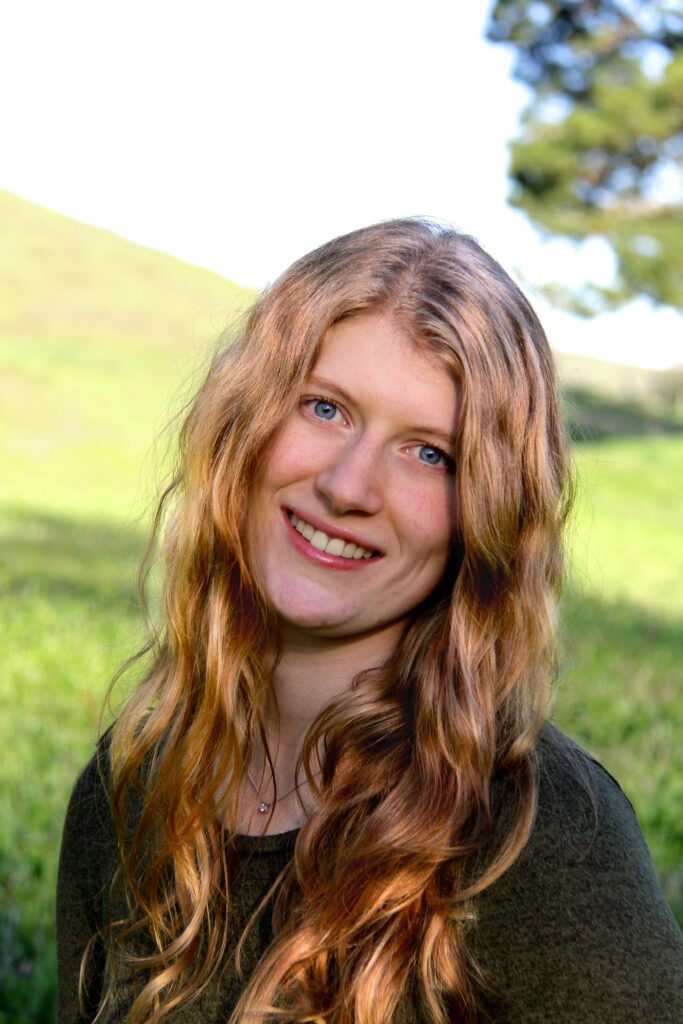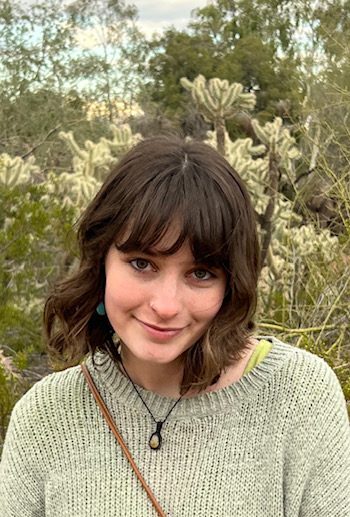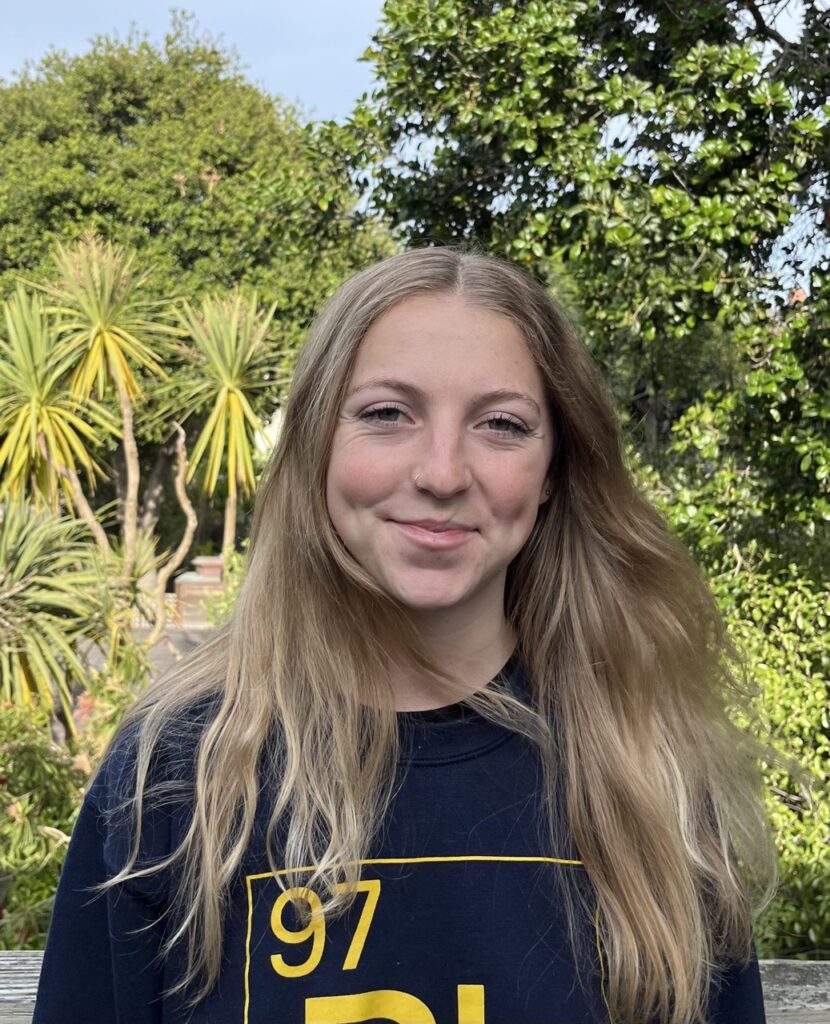Fengyi Huang

Across the globe, 2 billion underserved individuals rely on the services of over 2 million Community Health Workers, or CHWs. However, CHWs typically are only given weeks of training and limited resources to serve their communities, making the quality of care often very inconsistent. ChatCHW is the tool that we are designing to better help these CHWs with serving their communities, featuring the ability to ask questions, display a diagnosis, and recommend treatment based on existing clinical guidelines, ensuring that CHWs are able to provide better and more consistent levels […]
Erica Domen

The middle Eocene is a period marked by a geologically abrupt warming event, the Middle Eocene Climatic Optimum. Fossil leaves from the Claiborne group are well-preserved, providing the opportunity to apply updated paleobotanical methods to these high quality specimens. This summer I will be using these methods to reconstruct the paleoecology, paleoclimate, and pCO₂ of the middle Eocene Gulf Coastal Plain using specimens from Kentucky, USA. Insights from this work have potential implications for future research in global warming’s impact on plant communities.
Emma Nathanson

For this summer research, I will travel to Kenya to support the CLEAN Trial, an ongoing randomized controlled trial that aims to evaluate the impact of a multi-component chlorination intervention on maternal and neonatal infections in rural health facilities in western Kenya. This intervention aims to provide clean water to health facilities and reduce the burden of disease for local populations. I will assist with data quality review, develop data protocols, and support study coordination. This provides a unique opportunity to gain hands-on experience conducting global health research.
Emma Coflin

Our summer research focuses on understanding native bee populations, including their diversity, abundance, and relationships with pollinator plants at the UC Hopland Research Station. Native bees are essential pollinators for crops and wild plants, yet they face significant threats from habitat loss, pesticides, and climate change. By studying the unique bee diversity at Hopland and its pollinator-supporting hedgerow garden, we aim to identify key plant species that sustain healthy bee populations. This work not only provides valuable insights to support sustainable agriculture but also contributes to the broader goal of […]
Dylan Chin

This research project studies the quality and effectiveness of offset protocols for destroying chlorofluorocarbon (CFC) refrigerants, chemicals that contribute to both ozone depletion and climate change. My work involves reviewing project documents to collect data on total destruction volumes and researching the use of CFCs as feedstocks in industrial processes. This research supports a broader effort to evaluate whether carbon credits from these projects reflect real and measurable climate benefits.
Dory Miller

This summer, I will be working with Climate Break, a podcast produced by UC Berkeley’s Center for Law, Energy, & the Environment (CLEE). My research project will focus on expanding the podcast’s impact by exploring strategies to broaden its audience and integrate its solution-oriented climate content into educational settings, such as high school environmental science classrooms. I will research effective distribution channels, identify potential funders who support environmental and climate literacy, and develop outreach approaches to connect with new listeners. Alongside these efforts, I will contribute to core production tasks, […]
Devon Christensen

Xylella fastidiosa is a bacterium that infects the xylem tissue of many plant species, disrupting water and nutrient transport and ultimately leading to vine decline and death—as the disease it causes in grapevines is known as Pierce’s disease. This disease has significant economic consequences for the California wine industry. Interestingly, in regions with colder winters, some infected grapevines are able to eliminate the infection in a process known as winter recovery. The research I am conducting, with the help of my mentor, aims to deepen our understanding of how and […]
Chenhey Chu

This study investigates the possibility that female Epipedobates tricolor frogs enhance their offspring’s survival by provisioning their eggs with defensive toxins, as seen in closely related species. By comparing frogs fed toxin-rich and toxin-free diets, I aim to confirm whether chemical compounds in offspring are maternally sourced. Using chemical analysis (GC-MS), the project seeks to identify the reproductive strategy used by these vertebrates, especially since their parental care strategies have not been previously examined thoroughly. The findings can deepen our understanding of parental care and the evolution of chemical defenses, […]
Azra Tasneem

As a URAP Summer Fellow at the UC Berkeley School of Optometry, I am involved in clinical research focused on Meibomian Gland Dysfunction (MGD), a leading cause of dry eye disease. I work alongside clinicians and researchers to capture high-resolution infrared images of the glands and analyze their structure using AI-based tools. Our goal is to better understand how changes in gland morphology relate to patient symptoms and improve diagnostic methods. This research has the potential to enhance clinical care for individuals affected by chronic ocular surface conditions.
Avery Roslansky

The project aims to develop durable, water-repellent mycelium bricks with structural integrity suitable for architectural use. By repurposing invasive eucalyptus as a primary substrate, this work also explores the potential for ecological co-benefits such as carbon sequestration and landscape restoration. Ultimately, the study seeks to advance sustainable material innovation through circular bio-based systems that integrate ecological stewardship with regenerative design.